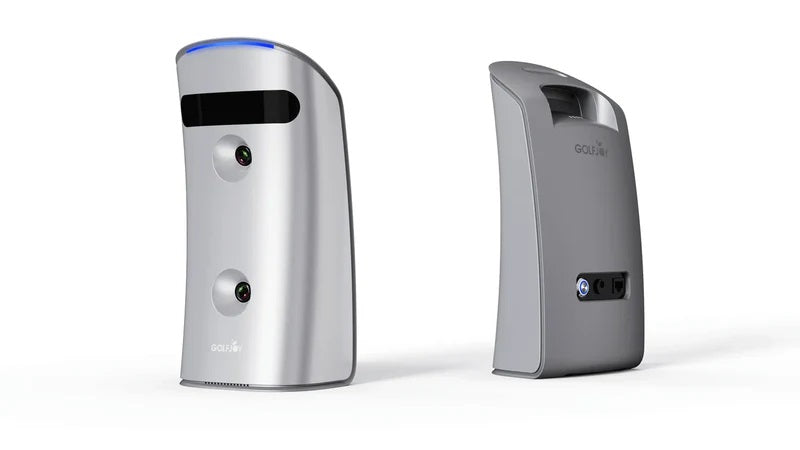For many golfers, investing in a simulator or launch monitor raises one key question:
Can simulated golf truly help improve real-world performance — or is it just entertainment?
As home simulators and portable launch monitors become increasingly sophisticated, the line between “virtual practice” and “on-course training” is getting thinner. Understanding how these systems work — and how accurate they can be — is the first step to unlocking their real potential.
The Role of Accuracy in Golf Simulation
A golf simulator’s effectiveness depends entirely on how precisely it captures and interprets data. The most advanced systems combine radar or optical camera technology to measure ball and club movement — including metrics such as launch angle, spin rate, club path, and ball speed.
Modern high-speed camera–based launch monitors, for instance, track both the club and the ball at impact, offering detailed insight into swing mechanics and shot behavior. When the data aligns with what golfers experience outdoors, the training becomes not only realistic but transformative.
From Luxury to Accessibility
In the past, tour professionals were the only players with access to accurate launch data, often relying on high-end radar systems costing tens of thousands of dollars.
Today, that landscape has changed dramatically.
Portable camera-based monitors such as the GOLFJOY Spica 3 are bringing tour-level precision to a broader audience. Independent comparisons show that these systems can achieve data readings within roughly 1% of premium radar models — while remaining compact and affordable enough for indoor or outdoor use.
For many golfers, that means being able to analyze launch angle, spin, and carry distance from the comfort of a garage, backyard, or club bay — without compromising on data accuracy.
Why Precision Data Matters
Launch data doesn’t just reveal how far or straight a shot travels; it explains why it behaves that way.
By reviewing club speed, impact angle, and ball spin, players can make small but meaningful adjustments — correcting slices, optimizing distance, or refining tempo.
With tools like the GOLFJOY Software platform, golfers can review their session history, visualize shot dispersion, and even play simulated rounds on real-world courses.
What makes these systems particularly effective is their ability to provide instant, data-driven feedback. Instead of relying on guesswork, golfers can base improvement on measurable results — a process once limited to professional facilities.
A New Level of Realism
The realism of golf simulation doesn’t stop at numbers.
Many software ecosystems now replicate real-world courses in 3D, using precise terrain mapping and environmental modeling. Players can adjust weather, lighting, and wind conditions to recreate the exact challenge of an outdoor round.
For example, within the GOLFJOY Software suite, over 150 real courses are digitally reproduced, including iconic championship venues. Combined with accurate launch data, it creates a seamless bridge between simulation and on-course performance — turning practice into genuine preparation.
The Future of Golf Training
The question of whether simulation helps golfers improve is no longer theoretical — it’s measurable.
Launch monitors and simulation platforms are evolving into training ecosystems, allowing players to learn faster, track progress, and play smarter.
For golfers who value data, convenience, and continuous improvement, simulation-based practice has become one of the most efficient ways to train. Whether through premium radar systems or advanced optical solutions like the Spica 3, what matters most is trustworthy feedback — data you can believe in, and performance gains you can feel.
Experience the evolution of data-driven golf.
Learn more about next-generation simulation and course technology at GOLFJOY.com.










Leave a comment
All comments are moderated before being published.
This site is protected by hCaptcha and the hCaptcha Privacy Policy and Terms of Service apply.